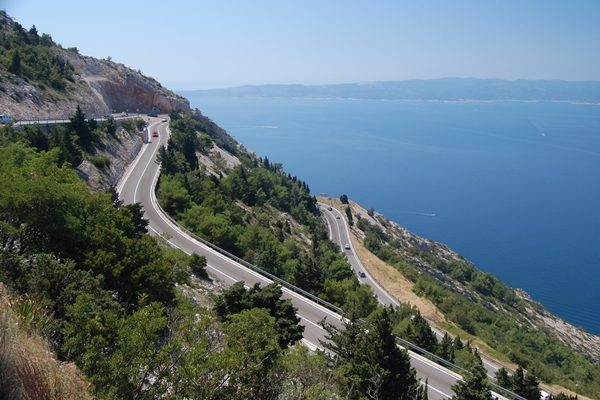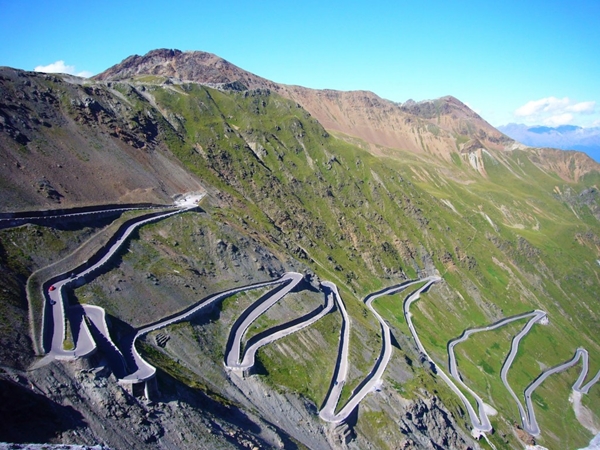
About 1.3 million people die in traffic accidents every year. The World Health Organization has declared 2011-2021, "A decade of action for road safety." But while many of those deaths could be prevented by better driving, there are some roads that test the skill, and courage, of any driver.
Let's take a look at top 12 deadly roads in the World you would never want to drive on:
1. North Yungas Road, Bolivia
Also known as the “Road of Death” in the Yungas region of Bolivia. It is legendary for its extreme danger and the Inter-American Development Bank christened it as the “world’s most dangerous road”. One estimate is that 200 to 300 travellers are killed yearly along the road. The road includes cross markings on many of the spots where vehicles have fallen. It is a regular occurrence for buses and trucks to go tumbling to the valley below, especially when they try passing each other.
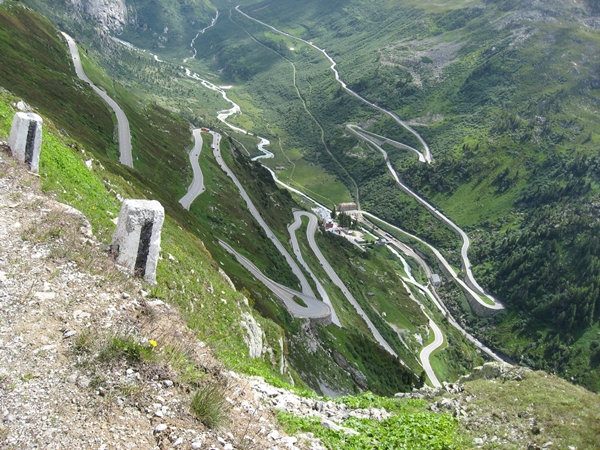
2. Jalalabad–Kabul Road, Afghanistan
Many roads have been dubbed "most dangerous," but the 65-kilometer stretch of highway from Jalalabad to Kabul has more claim than most, snaking through Taliban territory. But it's not the threat of insurgency that makes Highway 1 so dangerous -- it's a combination of the narrow, winding lanes that climb up to 600 meters through the Kabul gorge and the reckless Afghan drivers trying to overtake the heavily-burdened haulage trucks.
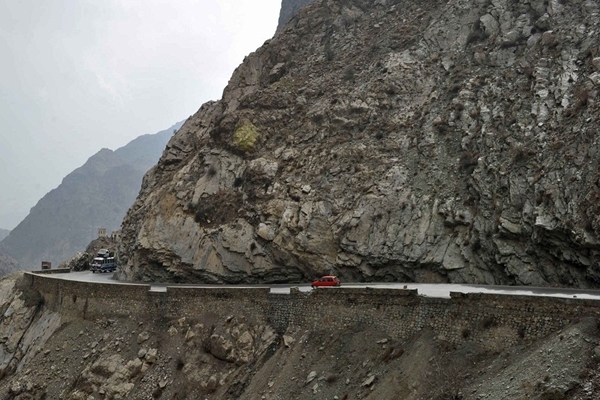
3. James Dalton Highway, Alaska
The Dalton Highway is a 667 km road in Alaska. It begins at the Elliott Highway, north of Fairbanks, and ends at Deadhorse near the Arctic Ocean and the Prudhoe Bay oil fields. Although appearing serene at first glance, is filled with potholes, small flying rocks carried by fast winds, and worst of all it runs through the middle of nowhere.
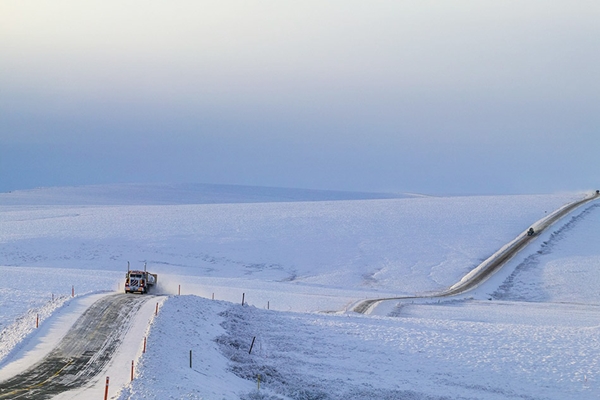
4. Karakoram Highway, Pakistan
The Karakoram highway links China and Pakistan at the Khunjerab Pass, at an altitude of 4,693 meters. It's prone to landslides and floods and to make matters worse, the road is unpaved in Pakistan. But it is still a tourist attraction, passing through some spectacular gorges along the old Silk Road. It has been named the "Friendship Highway" by the governments who built it, despite 810 Pakistani and 82 Chinese workers losing their lives during construction, mostly in landslides.
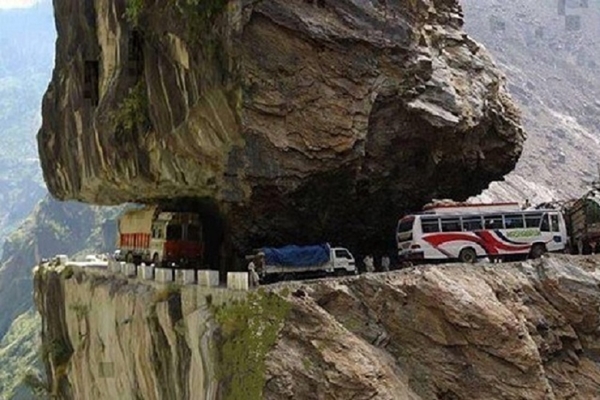
5. Guoliang Tunnel Road, China
The Guoliang Tunnel is carved along the side of and through a mountain in China. It may be hard to see in the photo, this road was hollowed out of the side of a mountain by several villagers from the town of Guoliang. Before the construction of this mountain pass the village was cut of from the rest of civilization by the surrounding cliffs. Although it doesn’t see much traffic, due to its construction it is inherently fairly dangerous.
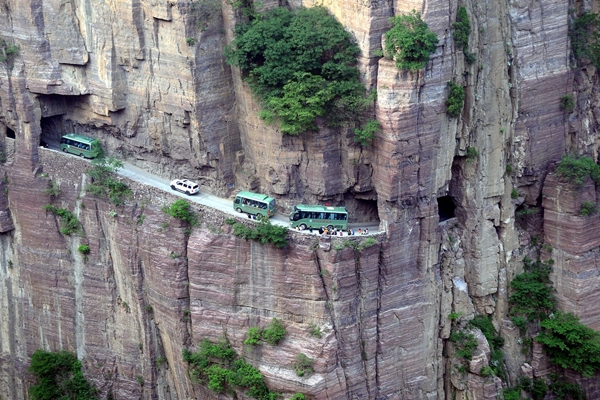
6. The Zoji Pass, India
The Zoji La is a mountain road between Kashmir and Ladakh and it looks like little more than a dusty pathway through the western Himalayas. But it's a lifeline that keeps the people of Ladakh in touch with the rest of the world, although it's often cut off by heavy snow in winter. The nine-kilometer stretch of road meanders over the mountain at 3,528 meters, with no barrier on one side and just the hard rock face on the other. Definitely not for anyone suffering from vertigo or a fear of landslides.

7. Skippers Canyon Road, New Zealand
The Skippers Canyon Road, located in New Zealand, is unbelievably scary as it’s made from a very narrow cut in the middle of a sheer cliff face. This winding road actually requires a special permit to drive. If you do manage to get permission though, be ready for a slippery challenge and good luck if you run into someone coming from the other direction.
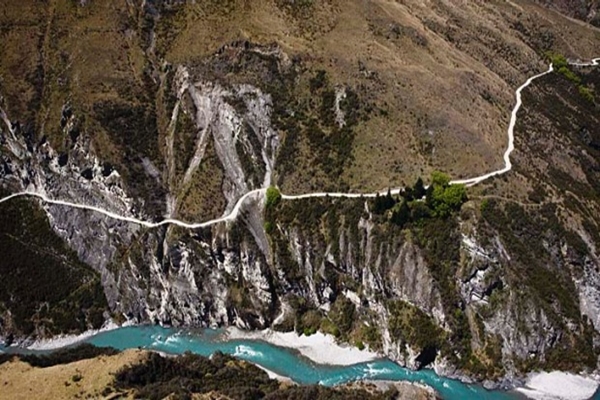
8. Los Caracoles Pass, Chile
These steep, dizzying bends slalom through the Andes between Uspallata in Argentina and Los Andes in Chile. The remote location, its elevation of 3,176 meters and the procession of articulated lorries make the drive even more frightening. There's no safety barrier either. Nonetheless, even tourist coaches use the road, at least when it's not cut off by snow in winter. An easier option is to go by air or take the Transandine Railway -- if it's ever brought back into service.
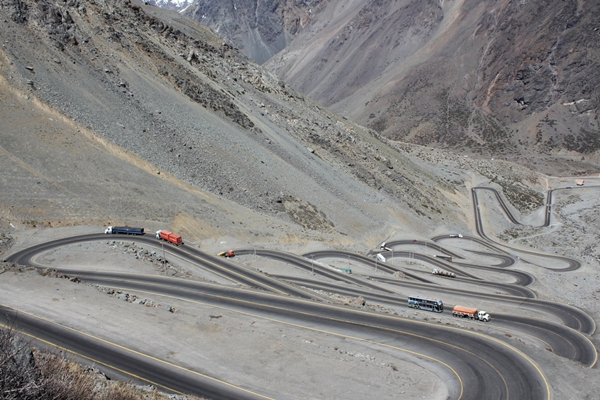
9. The Stelvio Pass, Italy
The Stelvio Pass located in Italy, at 9045 feet is the highest paved mountain pass in the Eastern Alps, and the second highest in the Alps, slightly below the Col de l’Iseran 9088 feet. Some roads look a lot more dangerous than they really are. With more hairpins than Helena Bonham Carter, the Stelvio Pass looks like a child’s scribble over the hills. The road climbs almost two kilometers and, with just a low concrete barrier between you and the steep mountain drop, it’s best not to look down. A bit too much speed on one of the road’s 60 180-degree corners could spell disaster.
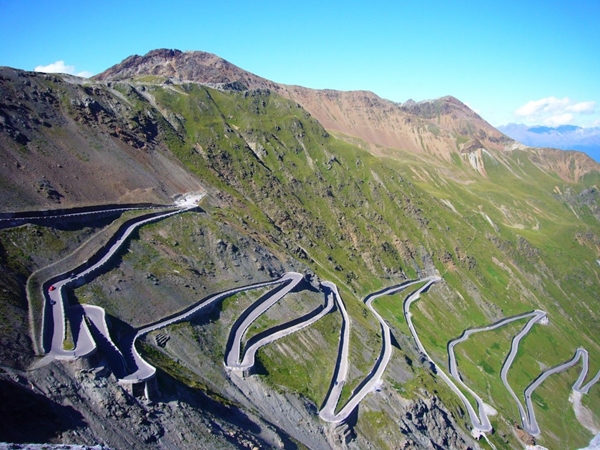
10. The Widow-maker, United Kingdom
This scenic country road through England's Peak District was named by the Road Safety Foundation in 2010 as the United Kingdom's most dangerous road, with 34 fatal or serious accidents from 2006 to 2008. Many of the casualties are motorcyclists, who come to enjoy the wide open space and bucolic scenes. However, the road's treacherous bends, edged by steep embankments and stone walls, make it far more dangerous than it looks, leading to its grim local nickname, the "widow-maker."

11. Sichuan-Tibet Highway, China
The Sichuan-Tibet Highway, a high-elevation road between Chengdu and Tibet where landslides and rock avalanches are common, is undoubtedly part of the problem. It is a road with a record of over 7,500 deaths for every 100,000 drivers has reason to be feared. Due to rock slides, avalanches, and poor weather drivers should certainly use caution.
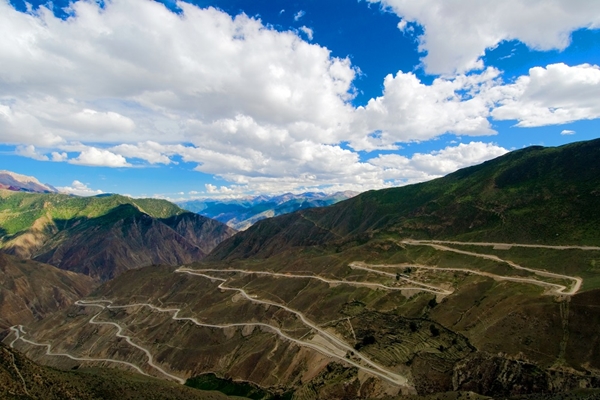
12. The coast roads, Croatia
In a country that experiences an average of 11,650 traffic accidents a year, it's no wonder that Croatia also makes it onto the Association for Safe International Road Travel's list of some of the world's most dangerous roads. Congestion and speeding are a problem along the Adriatic coastal roads, which are infamous in the region for their blind corners, sharp bends that cling to the cliff face as well as a frequent lack of safety barriers.
